PBL-Lite for the Fall
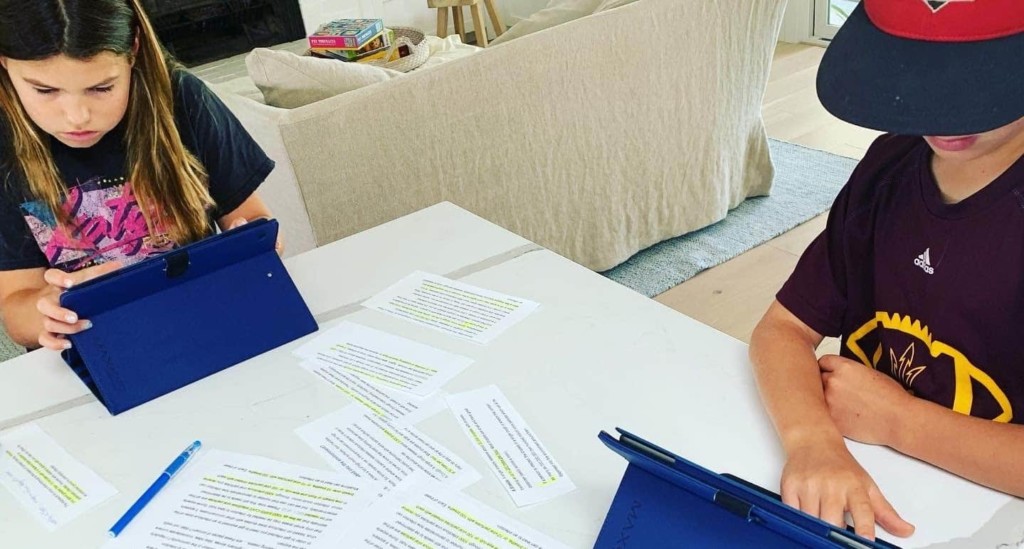
By: Jenny Pieratt
As time went on after school closures in mid-March it became increasingly clear that things weren’t going back to “normal” for a long time. I, like many of us, held on to “what used to be” for likely far too long-some of my ideals about teaching and learning I wasn’t willing to let go of, namely what constituted quality project-based learning (PBL). In response to low engagement and rote learning tasks of virtual learning, Parents (turned homeschool teachers) spent weeks asking me as an expert in PBL, “can’t we just do PBL-lite?”, “isn’t there an easier way to do PBL?”. My reply was always “No, PBL needs to be held to a standard of fidelity, one that can’t be easily whipped up overnight”.
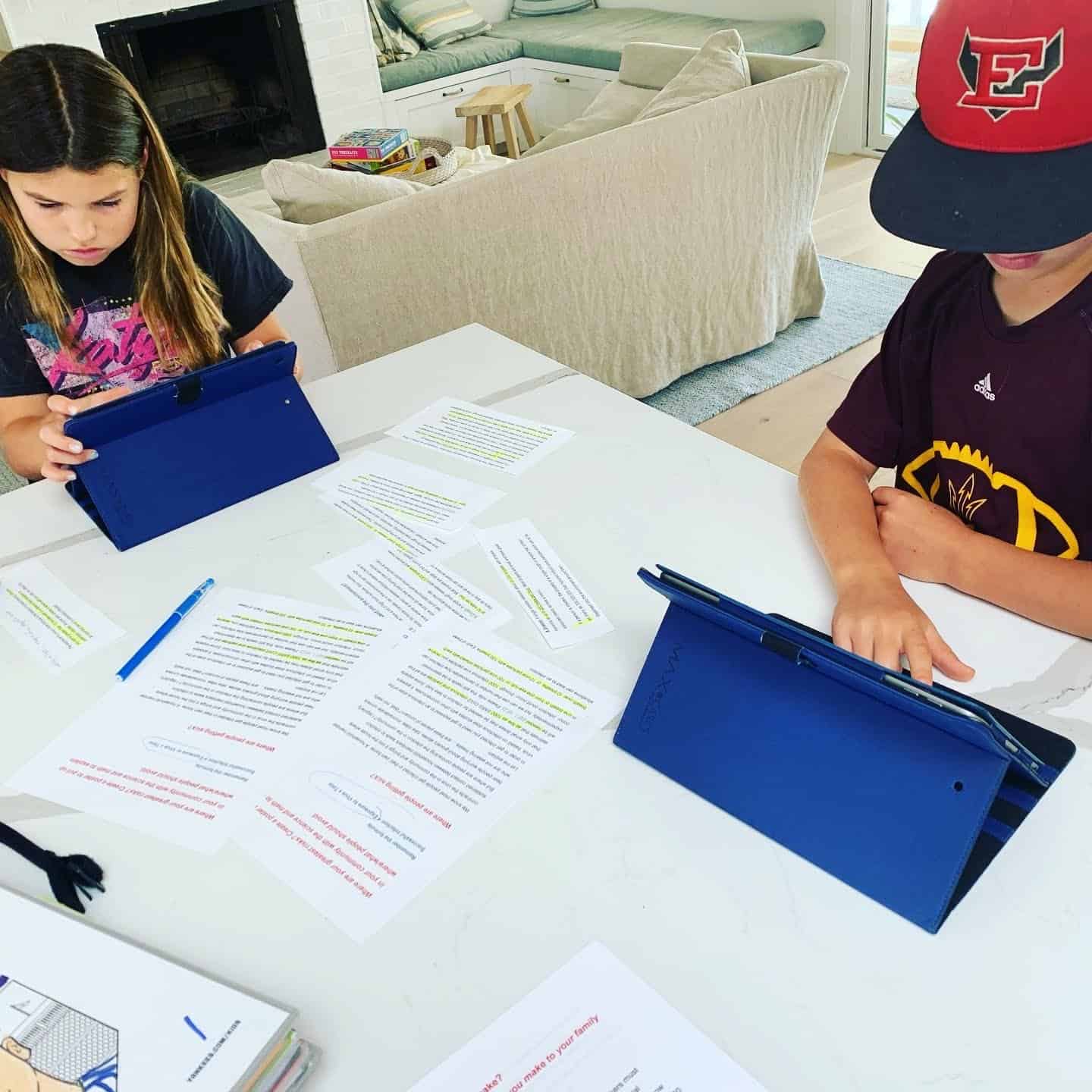
Fast forward another few weeks into distance learning and I changed my tune about PBL-lite. I decided that a modified version of what I believe makes for quality PBL was worth revisiting, as a starting place for PBL rather than an end point, so that in the immediate future we could:
2) continue to develop students’ 21st century skill
3) Leverage the real-world learning opportunities around us.
As a result, I came up with a new definition of PBL-lite for parents, in hopes that if teachers weren’t able to wrap their minds around it at the time, perhaps parents could.
And that is where the idea of PBL-lite lived for me for two months-mostly with an audience and thought partners who were parents. That was until May 28th. On May 28th I led a session at the New Way Forward Summit titled “PBL-lite to move us forward”. To my surprise and joy, a large number of educators showed up to be a part of the conversation. These participants helped me to see that teachers were ready to talk about this modified version of PBL, and so using the Innovators Compass Protocol we explored “How might we collectively consider PBL-lite as a way to move us forward? What might it look like to modify PBL for the unknown ahead (virtual or hybrid setting)?
For the many more who weren’t a part of our conversation, I want to offer up the following definition of PBL-lite, as a starting point to PBL in the fall. In PBL-lite there are some key differences and important reminders that will make it feel like an easier lift for teachers:
- All learning doesn’t have to be collaborative. Keep projects general enough that they can be individualized to students, but don’t worry about frequent collaboration if that overwhelms you.
- Projects don’t have to last for an extended amount of time-keep it short and manageable for everyone; two weeks seems to be the sweet spot for our family.
- Feeling like you can’t provide feedback to students on project work? The teacher doesn’t have to be the only one giving feedback-think about how you can close the feedback loop by leaning on experts, adults at home and peers.
- Not all learning has to relate to the project. If connecting math to social studies feels like a reach, then it probably is. Consider keeping some of those basic learning activities included in your schedule (maybe as self-paced activities, or morning assignments with “PBL” in the afternoon) if that helps ease your fears of students not getting exposure to important content.
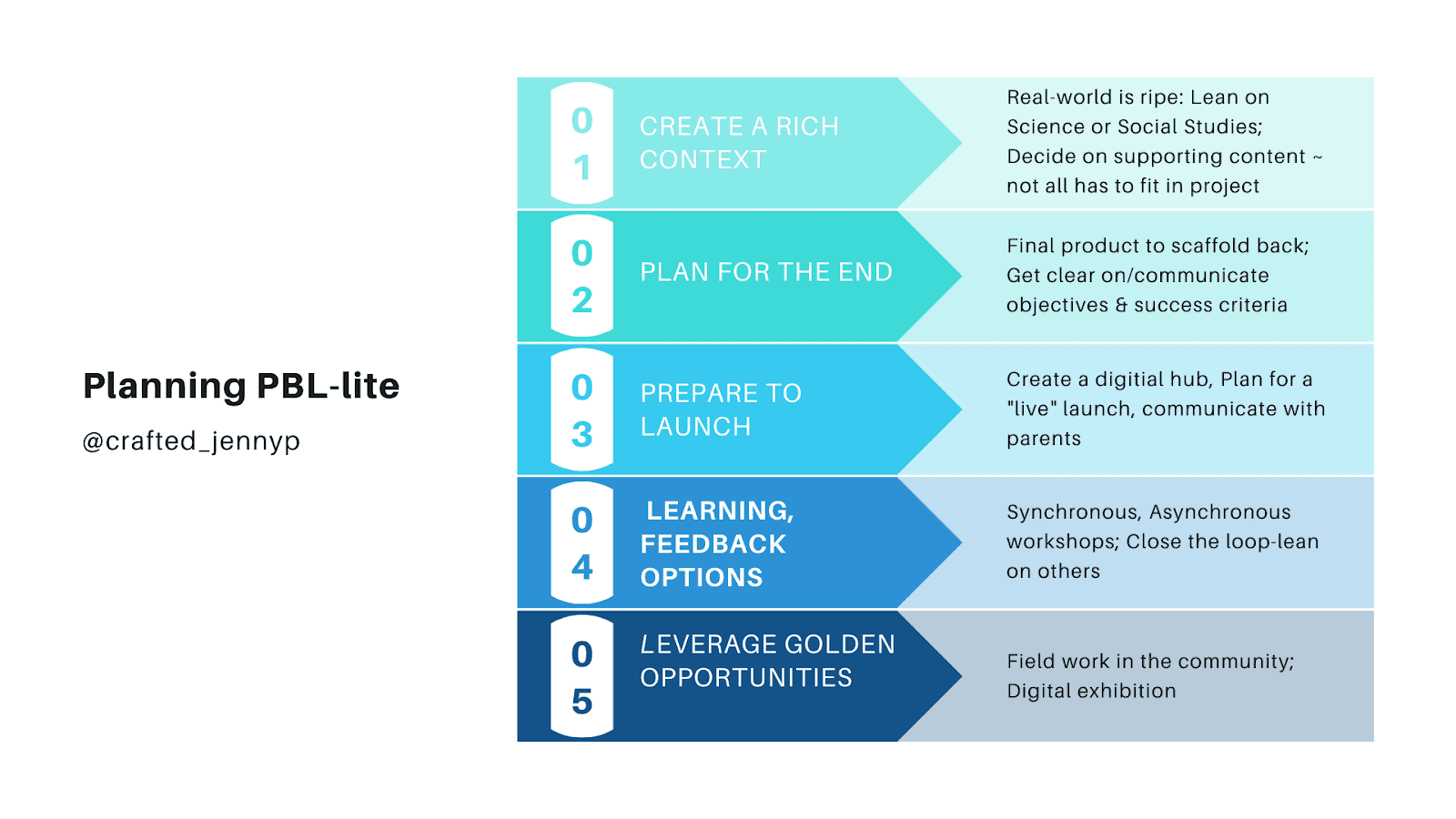
The planning process for PBL-lite is condensed from my typical 10 step process, because the learning cycle is shortened to account for a virtual or hybrid learning environment. In PBL-lite there are only five steps to planning:
Create a rich context as you brainstorm and plan.
→Continue to look around your world for project ideas! What is relevant right NOW? The world is ripe with problems for students to solve

→Consider how the “community” has evolved now that we are in virtual learning and how we are connected in new ways; This will help shift your thinking about an authentic issue AND an authentic audience.
Planning with the end in mind
→Final products will likely shift due to lack of materials and the need to be able to virtually share products for showcase and also assess; however we can still exhibit student learning if we plan for it from the beginning.
Prepare to launch
→The launch is an experience that can happen synchronously in a virtual classroom. Teachers can share any form of media using the “share screen” feature, invite a guest speaker to a Zoom meeting, or ask students to conduct field work in their neighborhood or at home.
Decide on learning and feedback options
→This remains a best practice in PBL in a virtual setting. Scaffolding will now require design both synchronous and asynchronous learning experiences to provide students with the opportunity to learn important project content and skills.
→“closing the feedback loop” looks different in a virtual setting. Feedback can be provided using tech tools such as Flipgrid, Peardeck, Nearpod, Google Classroom tools.
Leverage golden opportunities
→field work and exhibition are now easier than ever without the restrictions of
Logistics and planning. Here are some ideas for field work that supports project learning:

For whatever scenario lies ahead, this next school year is ripe for change and is a great time to lay a foundation of PBL that can be built upon in the years to come.
For more, see:
- Artificial Intelligence is Solving Cybersecurity Staffing Shortages in Higher Education
- South Fayette School District: Leading Educators in Computational Thinking
- A Blueprint for Change Amidst Pandemic
Jenny Pieratt, Ph.D. is a Progressive Educator, Author, and Speaker. She is also the Founder and President of CraftED Curriculum. You can find Jenny on Twitter at @crafted_jennyp.
Stay in-the-know with innovations in learning by signing up for the weekly Smart Update.
We know that educators and leaders have spent the last couple of months scrambling to meet the immediate needs of learners in their community. Thank you to each and every one of you for everything you’ve done to make the best out of this challenging situation. Now that the end of the school year is here, we’re shifting our Getting Through series from stories and advice to support remote learning or long term closures, to getting ready for the complex work of reopening schools this fall.
Interested in contributing to this campaign? Email your stories and ideas to [email protected] or tweet using #gettingthrough to participate!

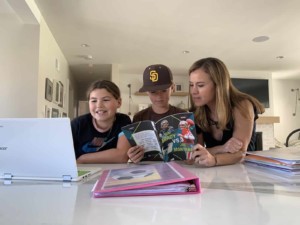
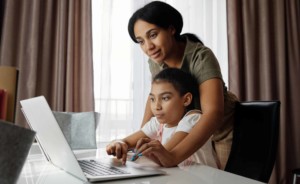
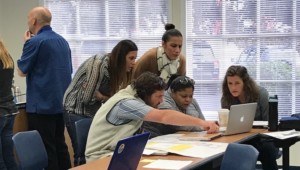
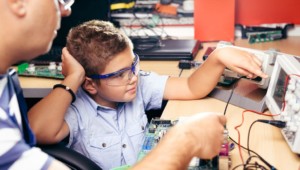
Doreen Papanos
Thank you so much for this